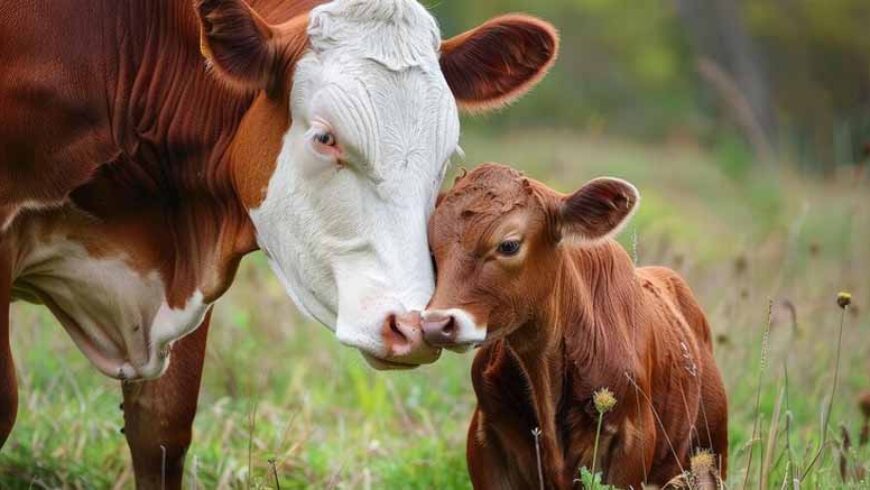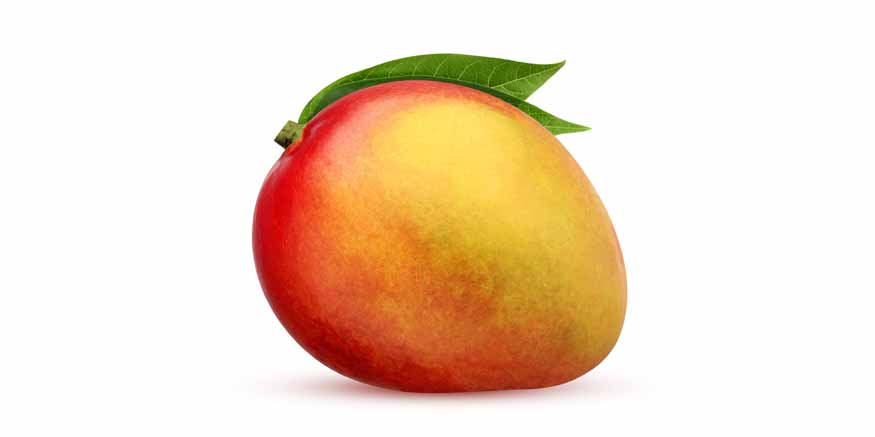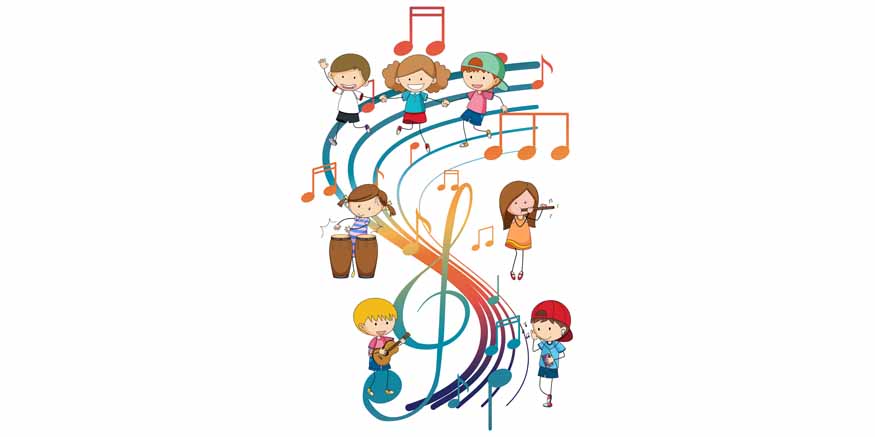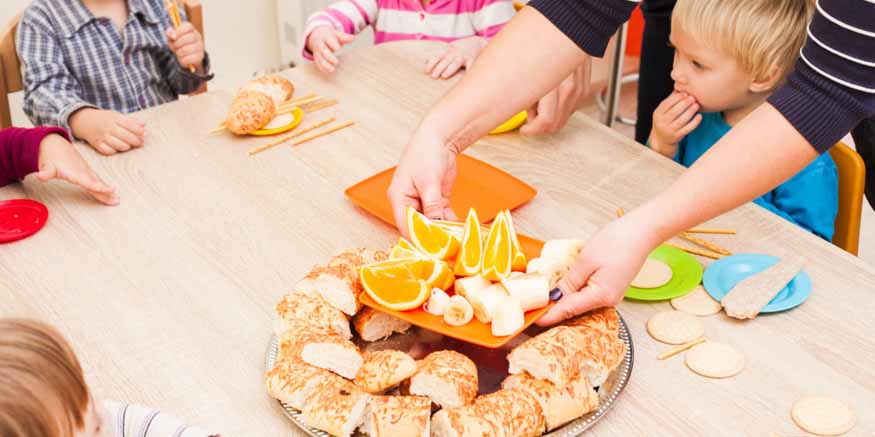The animal kingdom features several interesting relationships. Amongst these, the connection between animals and their young ones is one of the most fascinating ones. This article looks at the different names for baby animals, how various species take care of their offspring, and why these bonds matter in nature. Learning about these connections helps us appreciate the beauty and complexity of the natural world.
Animal Babies
Animal babies, often referred to as juveniles or offspring, come in all shapes and sizes. From the tiny, delicate hatchlings of birds to the large, playful calves of elephants, each species has its own unique way of nurturing and protecting its young. The names given to these baby animals are as diverse as the animals themselves, reflecting the rich tapestry of life on Earth.
Names of Baby Animals
Here is a table listing some common animals and the names of their babies:
Serial Number | Animal | Baby Animal Name |
1 | Cat | Kitten |
2 | Dog | Puppy |
3 | Cow | Calf |
4 | Horse | Foal |
5 | Sheep | Lamb |
6 | Goat | Kid |
7 | Pig | Piglet |
8 | Lion | Cub |
9 | Bear | Cub |
10 | Elephant | Calf |
11 | Deer | Fawn |
12 | Duck | Duckling |
13 | Chicken | Chick |
14 | Frog | Tadpole |
15 | Kangaroo | Joey |
16 | Fish | Fry |
17 | Owl | Owlet |
18 | Swan | Cygnet |
19 | Turkey | Poult |
20 | Whale | Calf |
Animals and their young ones
The way animals nurture their offspring differ significantly across species. Certain animals exhibit a high level of parental involvement, whereas others offer only limited support. Below are several examples showing the diverse parenting approaches found in the animal kingdom.
Domestic Animals and their Babies
- Cows: Male cows are known as bulls, while females are called cows, and their young ones are referred to as calves. Cows are farm animals that people raise mainly for milk. A mother cow has a strong connection with her calf. She feeds her calf with nutritious milk, which is important for its growth.
- Dogs: Male dogs are known as dogs, while female dogs are called bitches, and their young ones are puppies. Dogs are famous for being loyal and forming strong connections with their owners. Mother dogs take great care of their puppies, feeding them and keeping them cozy.
- Cats: Male cats are referred to as toms, while female cats are called queens, and their babies are kittens. Cats are usually independent, but mother cats take great care of their kittens. They feed them and show them how to hunt and clean themselves. Kittens are full of energy and learn important skills by playing and watching their mother.
Calves are typically weaned when they are six to eight months old. During this period, the mother shows the calf how to eat grass and find food. Cows are social creatures and usually live in groups, which helps them take care of their young.
They also help their puppies learn how to behave and survive. Puppies are full of energy and curiosity, learning by playing with their mother and siblings.
Wild animals and their babies – land and water
- Lions: Male are called lions, female lions are called lionesses. Baby lions are known as cubs. In pride, lionesses team up to take care of their cubs. They usually give birth around the same time and help each other with feeding and keeping the cubs safe. This teamwork helps the cubs survive better.
- Bears: Male bears are known as boars, while females are called sows, and their babies are referred to as cubs. Bears create dens to have their young and care for them. The mother bear is very caring and teaches her cubs how to find food and stay safe. The cubs remain with their mother for around two years before they can live on their own.
- Kangaroos: Male kangaroos are known as bucks, boomers, or jacks. Female kangaroos are called does, flyers, or jills, and the babies are referred to as joeys. Joeys are born very tiny and not fully developed. They make their way into their mother’s pouch, where they grow and develop for a few months. The mother gives them milk and keeps them safe during this important time.
- Whales: Male whales are known as bulls, while females are called cows, and their young are referred to as calves. Whales have strong connections with their mothers. The mother whale feeds her calf with nutritious milk and shows important skills for survival, like finding food and moving through the ocean. The calf remains with its mother for a few years.
- Dolphins: Male dolphins are called bulls, females are cows, and their young are calves. Dolphins are highly social animals, and mothers are very attentive to their calves. They nurse their young for up to two years and teach them how to hunt and communicate within the pod. The strong bond between mother and calf is crucial for the calf’s survival.
Fun Facts About Animal Babies
- Giraffe calves are born by falling from a height of six feet to the ground. Even with this big drop, they can usually stand and walk within a few hours after being born.
- Kangaroo joeys are born very tiny and not fully developed. They make their way into their mother’s pouch, where they grow and develop for a few months.
- Female octopuses lay thousands of eggs and carefully protect them until they hatch. The baby octopuses are small but have to survive on their own right after they are born.
The connection between animals and their young showcases the beauty of nature. From the careful attention of elephant mothers to the teamwork of lionesses, the methods animals use to raise their offspring vary widely among species.
Children at Mother’s Pet Kindergarten learn about these animals and their kids as a part of the curriculum. By this it enhances their understanding of the animal world and deepens their appreciation for the complex life systems on Earth.
For more such informative and interesting blogs, Visit Mother’s Pet Kindergarten.













Recent Comments